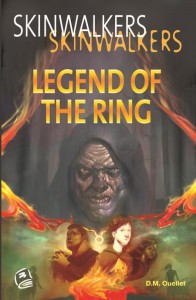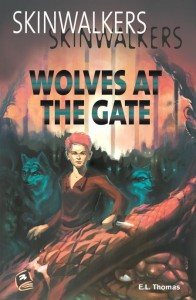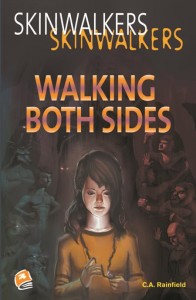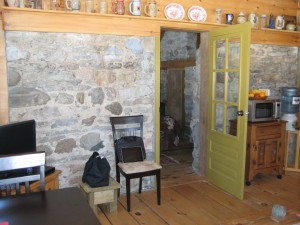(In which I disagree with my husband.)
Last week, Aaron posted a blog entry on Apple and the future of publishing. It pretty much disappeared without a sound, as blog entries often do. But being a good and dutiful wife (ha), I read it. And frankly, I found it pretty scary.
He suggests a future in which authors and agents work directly with editors and designers to prepare ebooks for straight-to-consumer distribution. No distributors. No publishers, even.
Now, I’m not exactly the early adapter type. I believe that “that’s just how we do” is a perfectly valid reason for continuing to do things a certain way. I set the table with a knife, fork and spoon at each place even if we’re just having soup. I hate it when companies repackage their products — if I’m used to seeing a daisy on the box, I want that darned daisy to stay on the box. So yes, it’s quite possible that “tradition at the expense of logic” is something of a family motto.
Keep that in mind when I tell you that I get skittish around any picture of publishing’s future that doesn’t include publishers.
Here’s the thing. Publishing without a publisher, and with an editor that you hire yourself, might be the answer for some very few, very talented people. Who are also very good at marketing. And have the resources to do the whole thing right.
Me, I don’t tend to read a lot of self-published work. I got turned off it ten or fifteen years ago, when I picked up a book by a local author at the Baysville craft fair. He proudly declared that he didn’t need an editor. “When you work with an editor, they tell you what to do. And then it’s not your own anymore. My readers want to read my words, not some editor’s version of my words.” Alarm bells.
I opened to a random page and found two typos. More alarm bells.
Still, out of some morbid curiosity, or maybe because he had a strong personality and I’m not very good at saying no, I bought the book. I even read it. By the end, I was forcing myself to finish. It was self-indulgent writing, to say the least.
There’s a reason that publishers are called the gatekeepers in this business.
There are a lot of wonderful editors who offer freelance editing services to writers. I’d jump all over that if I could afford it. I suspect that many writers are in the same boat. So what we’re going to see is a proliferation of unedited, or poorly edited, work. I love my writing group, but at the end of the day, I still want to be working with an editor I trust. And if my work isn’t good enough for them, then it’s probably not ready to be out there yet. I can be patient. Keep working. Try again.
And yes, there will be the gems that shine through no matter what. Proponents of self publishing love to point to Terry Fallis, and yes — his is a wonderful story. He’s also a lovely man, and I’m very happy for his success. He’s an exception.
You’d think that a writer would have different criteria for choosing books, but like everyone else, I tend to go with the names I trust. Kathleen Duey has a new book? I’m in. I also buy books written by friends of mine. I especially buy books written by friends of mine who I know write well.
Failing that, I’ll look at the publisher. Tundra? Red Deer? Orca? I’ll at least pick it up and flip through to see if I like the writing style. Same with the big name imprints. But when I see a tiny little imprint that I’ve never heard of (think “john doe of brooklin ontario publishing”) my alarm bells go off. Indie publisher? Or vanity press?
There’s so much to read out there. With ebooks and the recent surge in self publishing, there are more and more options available. That’s not a bad thing. But I still like to have signposts to help guide my choices. For me, a publisher that I trust is one of those signposts.
That’s as a reader. As a writer, well, I’m just not sure I want to go it alone. I know that writers have to take on more and more of the marketing these days, and I’m learning as I go. I like having a publisher.
And yes, things are changing. And maybe with time, this more free-form version of publishing will be come the new “that’s just how we do.” But I figure I’m still in the baby steps stage of my career as a writer, and for now, I’m really glad that there’s still a traditional path to follow.




